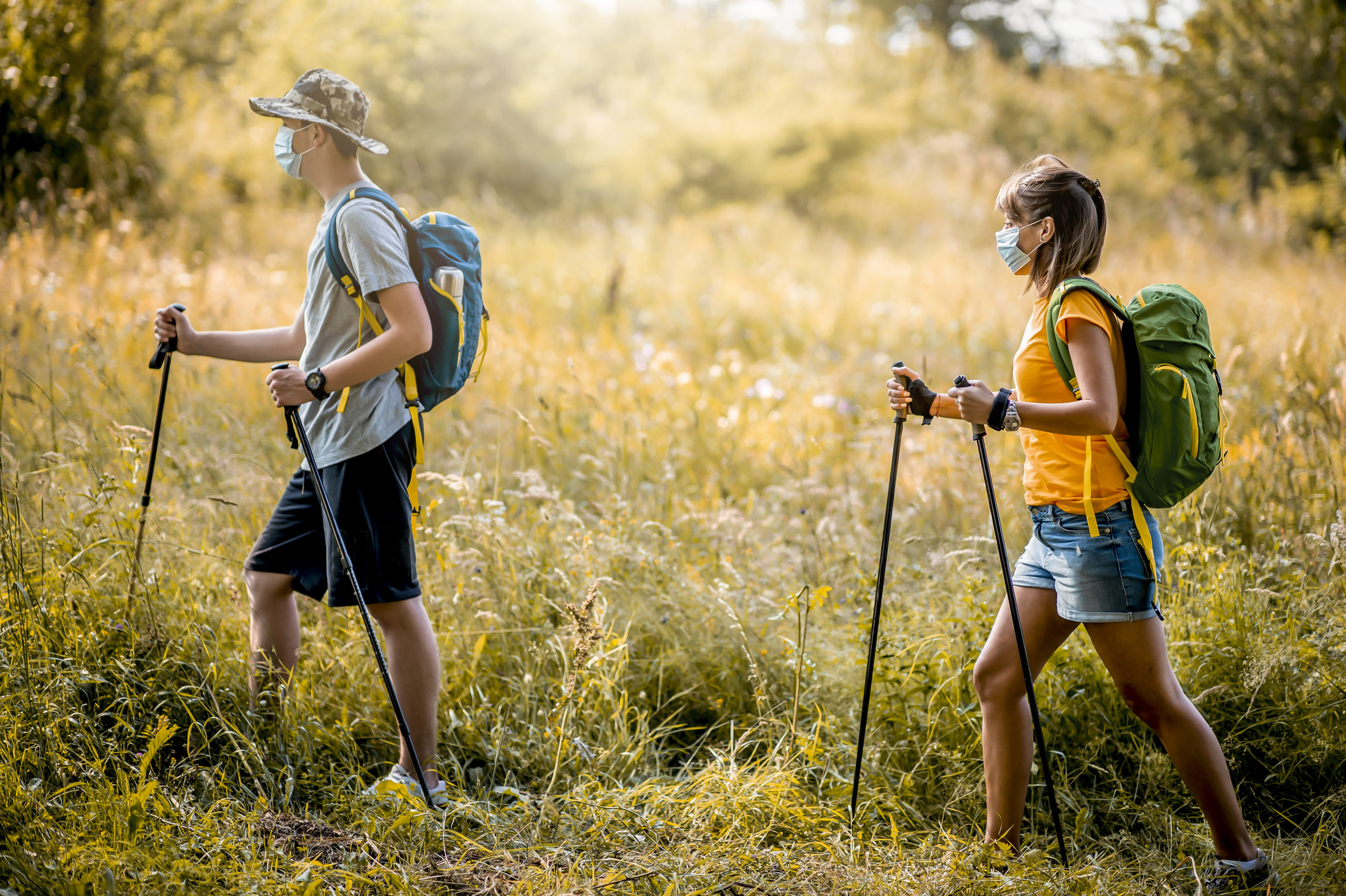Safely transporting staff and campers is one of the first challenges summer camps face. Should you require a quarantine before everyone arrives or after or both? Public or private transportation? And with what safeguards? Like all public health recommendations, grouping your options by good, better, and best can be the most effective way to get going.
Before we dig into the transportation itself, though, we wanted to reiterate the behaviors that all attendees should use prior to the departure for camp. Campers (and their immediate family unit) should:
- Change pre-camp behaviors (e.g. quarantine) to the degree possible for 10-14 days prior to departure for camp.
- Keep a log of symptoms and any risky behaviors.
- Take and receive negative results of a COVID-19 PCR test*
*More guidance will be forthcoming with specifics and caveats to these recommendations.
Best approach: Private vehicles
The option with least exposure is for campers and staff to arrive at camp in private vehicles. While traveling, public health procedures (facial coverings, distancing, hand sanitizer) should be used by travelers outside the vehicle. Bringing along food for the trip can help reduce exposures as well.
Some families are further than one day drive and may need to stay overnight at a hotel or house rental. We would recommend that families call ahead to inquire about COVID-19 precautions in place and in particular about staff mask requirements. Please refer to CDC guidance with suggestions such as taking the stairs instead of elevators wherever possible.
Although difficult for families, we strongly encourage drop off procedures in a designated area and that family members do not leave that area. Consider having portable bathrooms accessible for families. Campers should say goodbye in these areas when staff can help campers bring their belongings to their cabin.
Better approach: Chartered Buses
The next option is for camps to use chartered buses from designated locations in which exposures and camper interactions can be controlled. Camps should reduce the capacity of buses by around 50% in order to make sure that there is adequate (6 foot) spacing between campers.
Upon arrival at the bus location, we recommend that staff screen campers for symptoms, recent behaviors and confirm a negative PCR. We will have sample forms for this purpose available to you as we get closer to that point in time. All campers and staff will wear face coverings at all times. We recommend that staff assign campers to seats ahead of time, and then direct them to their specific seats as they board the bus.
Camps should discuss with the bus company ahead of time how to increase ventilation on the buses, such as by opening windows or the escape hatch on the bus’s roof. Simple measures such as opening windows just three inches can decrease risk. Monitoring of buses has shown that 20-40 air changes per hour can be achieved by doing this, which would dilute any virus down to low levels extremely quickly. Bus companies should also have plans for testing their drivers and commit to having their drivers wear masks at all times.
Depending on the length of the trip, campers may need to stop for food or restrooms. We recommend that campers bring food required with them and not to eat on the bus (eating requires taking off facial coverings!). We recommend that you work with the bus company to identify appropriate rest stops where campers can distance as they eat their lunch outdoors.
Good approach: Air travel and other options
For many staff and campers, flying to camp is the only option. This option presents a more complicated exposure risk due to uncontrollable environments of the airport and airplane itself.
Fortunately, given how air circulates and is filtered on airplanes, most viruses (including SARS-CoV-2) have not been proven to spread easily on flights. The best case studies that show how COVID-19 has spread on air travel have generally been on longer flights, where it is difficult to keep masks on for the entire duration. We are actively monitoring the situation of new variants for information that they behave similarly in this regard.
Clearly, crowded flights make physical distancing difficult and increase exposure. Therefore, consider using carriers that continue to space passengers or choose blocks of seats to allow campers and staff to sit close together. Another approach is to identify and recommend specific flights for campers to buy seats on.
Air travel involves spending time in security lines and airport terminals, which can bring you in close contact with other people. Review best practices for travel as outlined by the CDC and Mayo Clinic, particularly:
- Maintain a distance of 6 feet (2 meters) as much as possible.
- Limit contact with frequently touched surfaces, such as handrails, elevator buttons and kiosks. If you must touch these surfaces, use hand sanitizer or wash hands afterward.
- Wear a cloth face mask.
- Avoid touching eyes, nose and mouth.
Camps should charter buses or use camp vehicles to bring campers from the airports to camp. Please see the above section with regard to how to maximize safety while traveling on buses/vehicles.
Travel on other types of transportation (public/private bus, trains, etc.) should follow the precautions in the air travel section to the degree possible. We recommend against using these modes of transportation.
